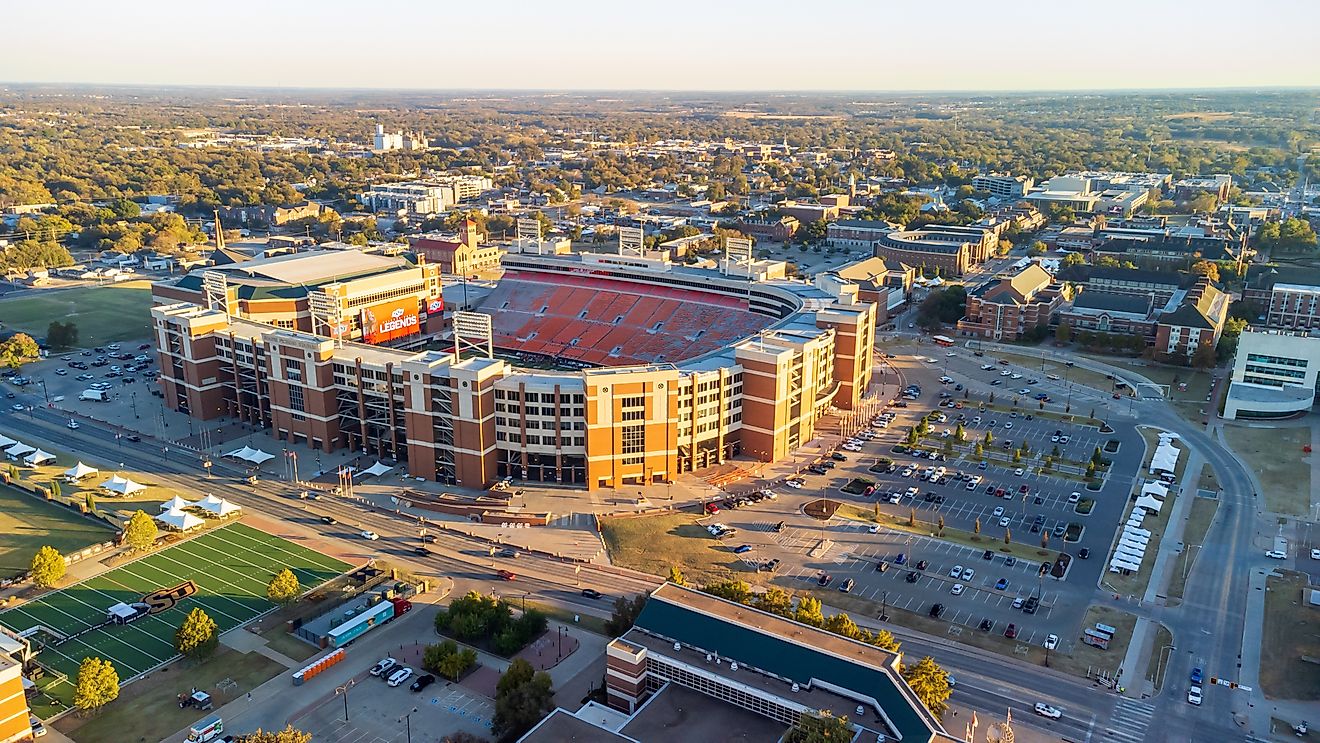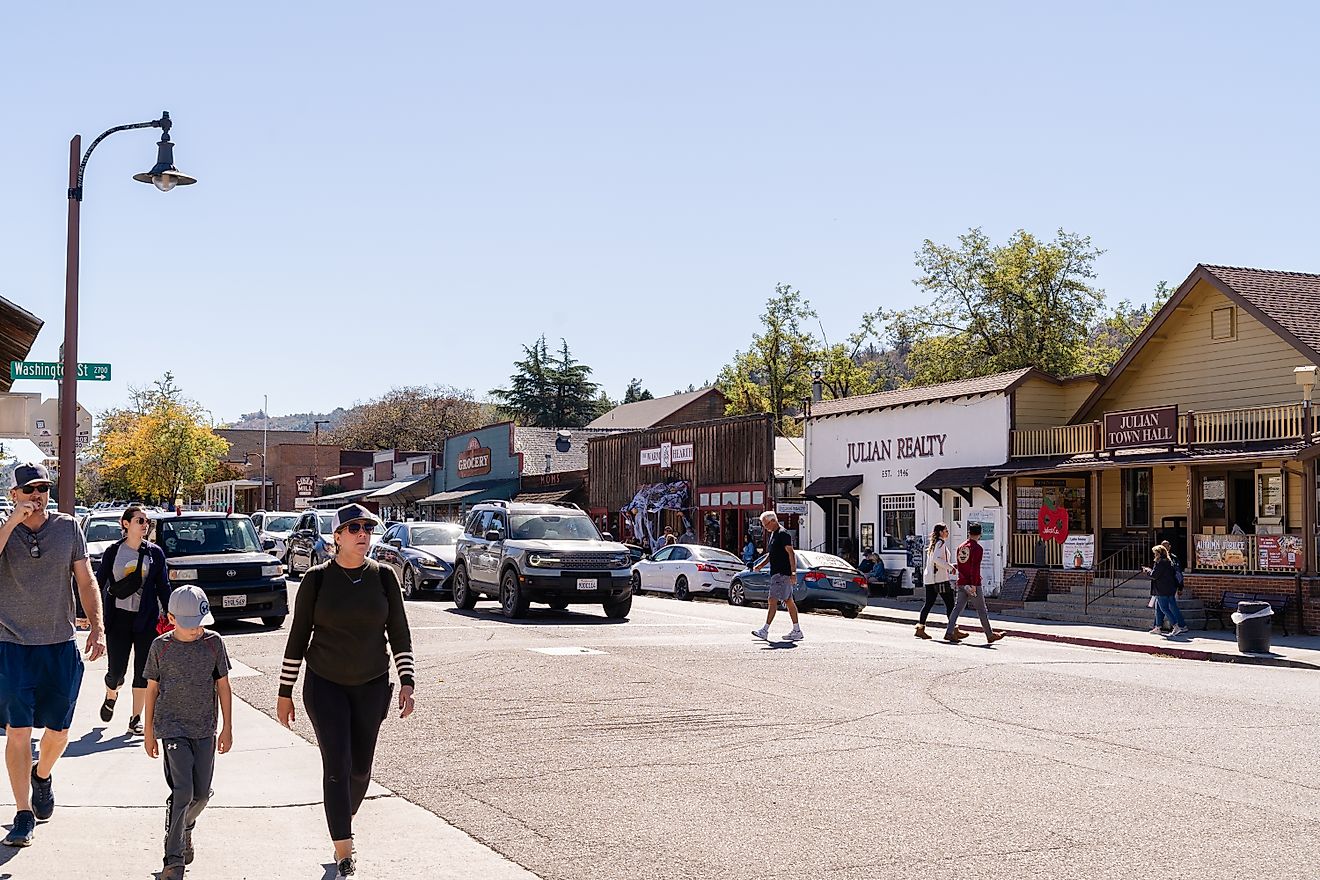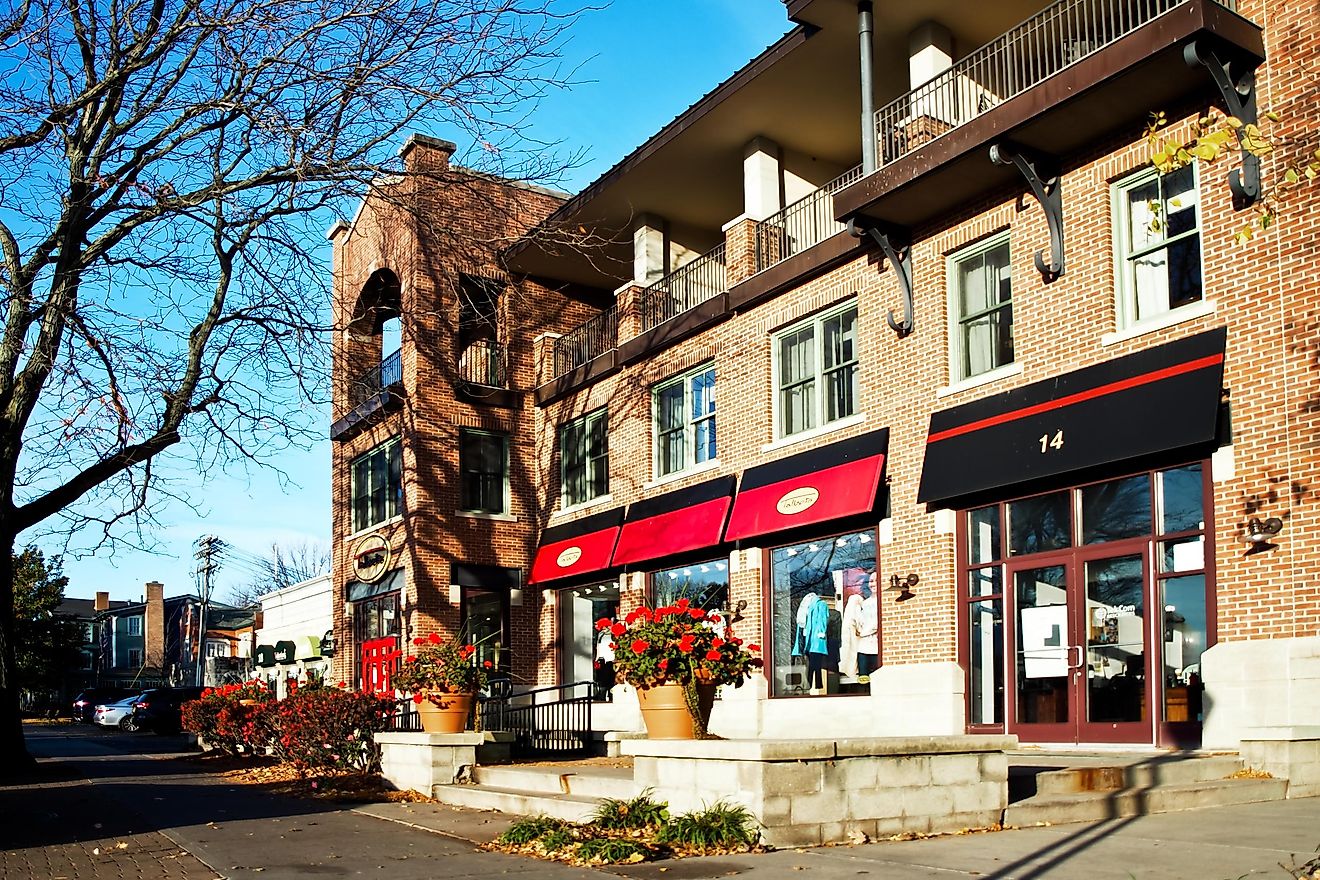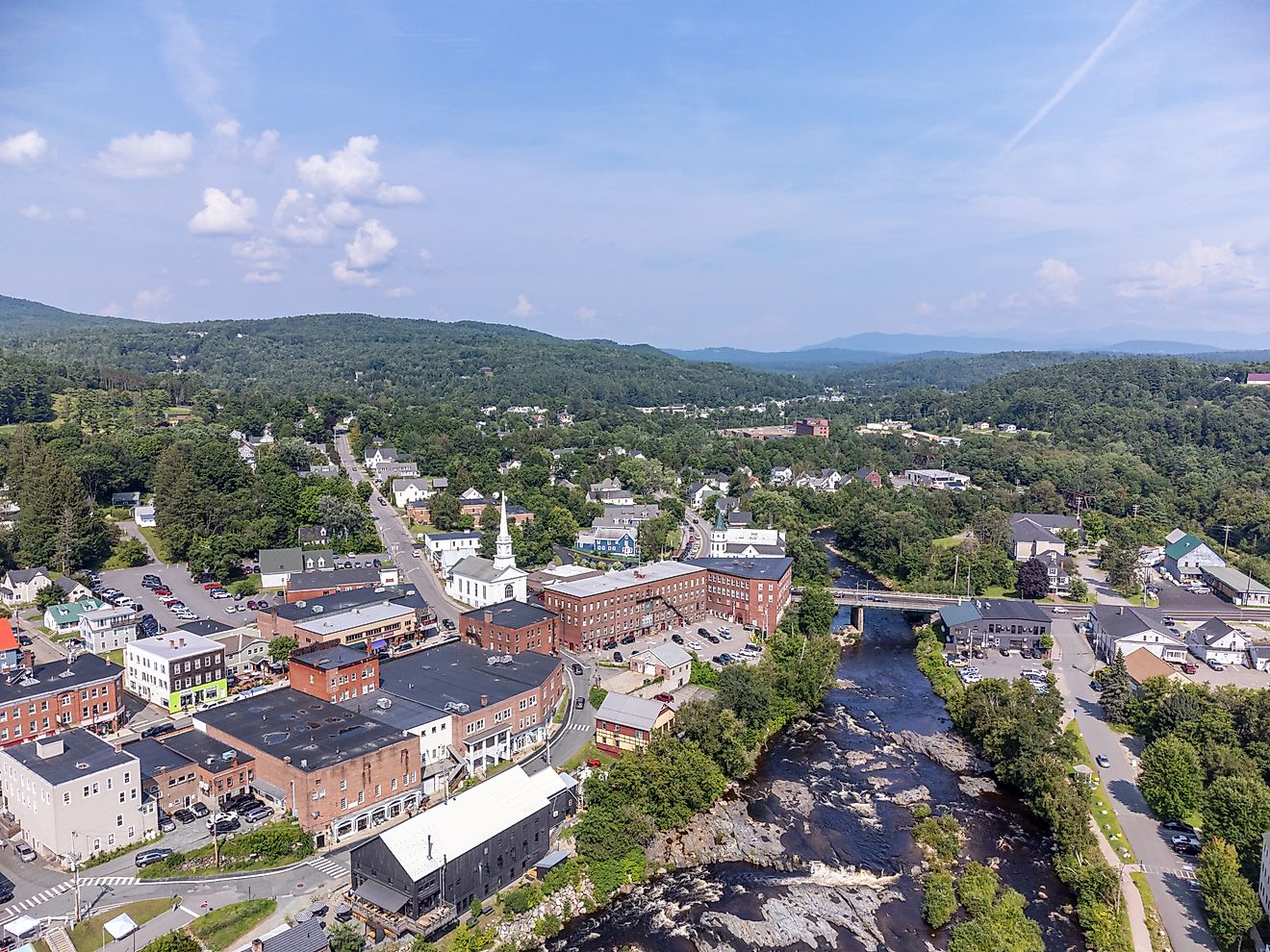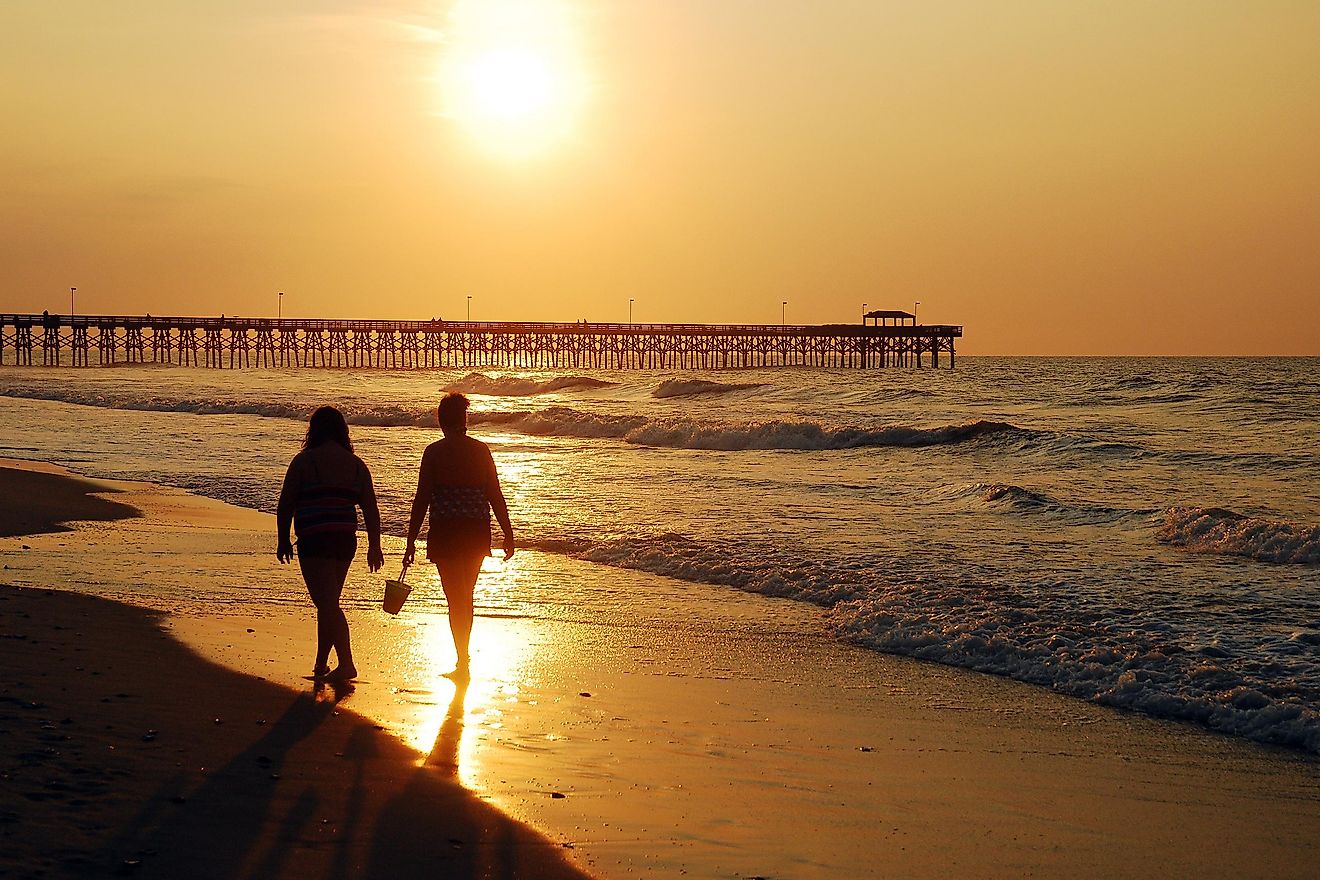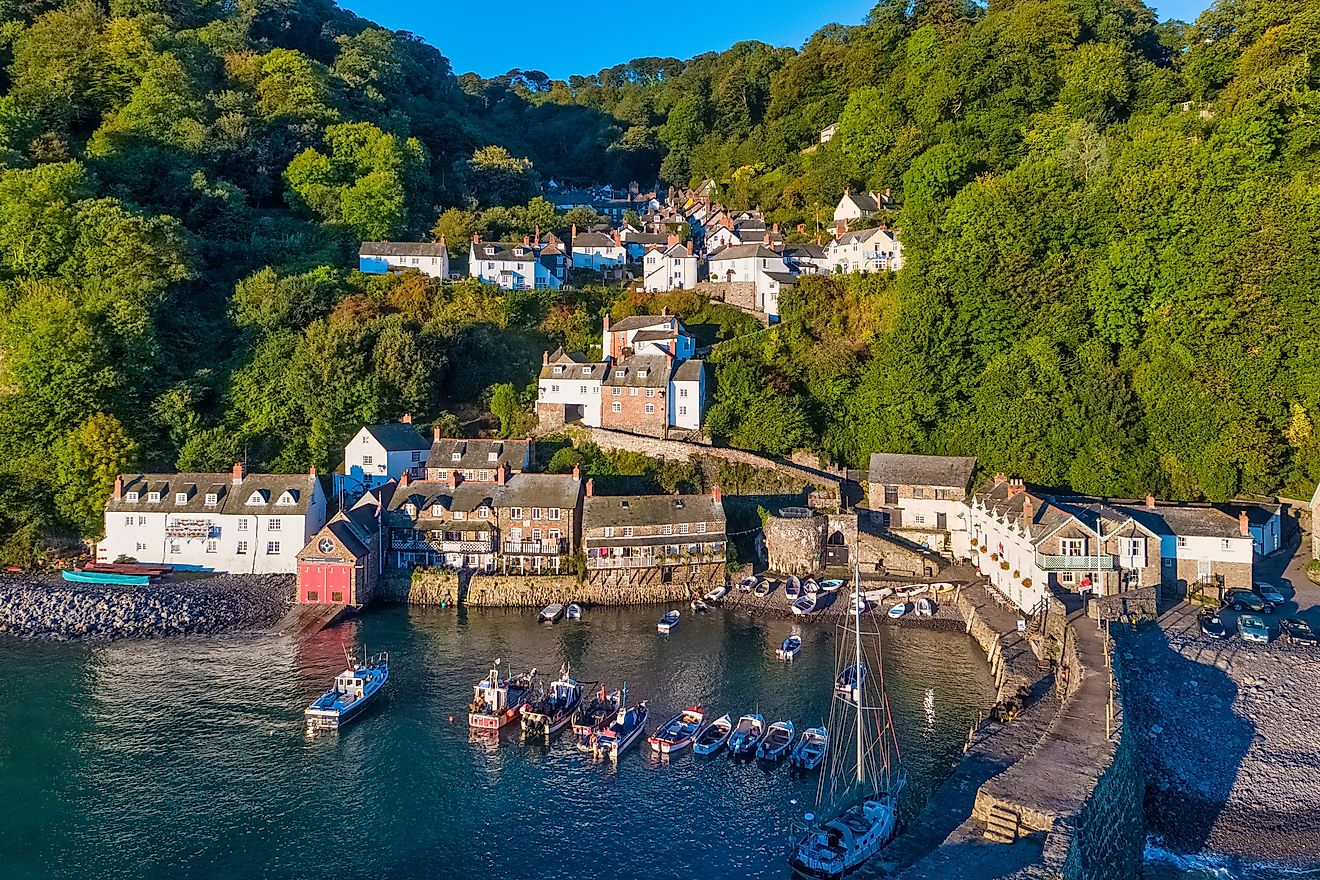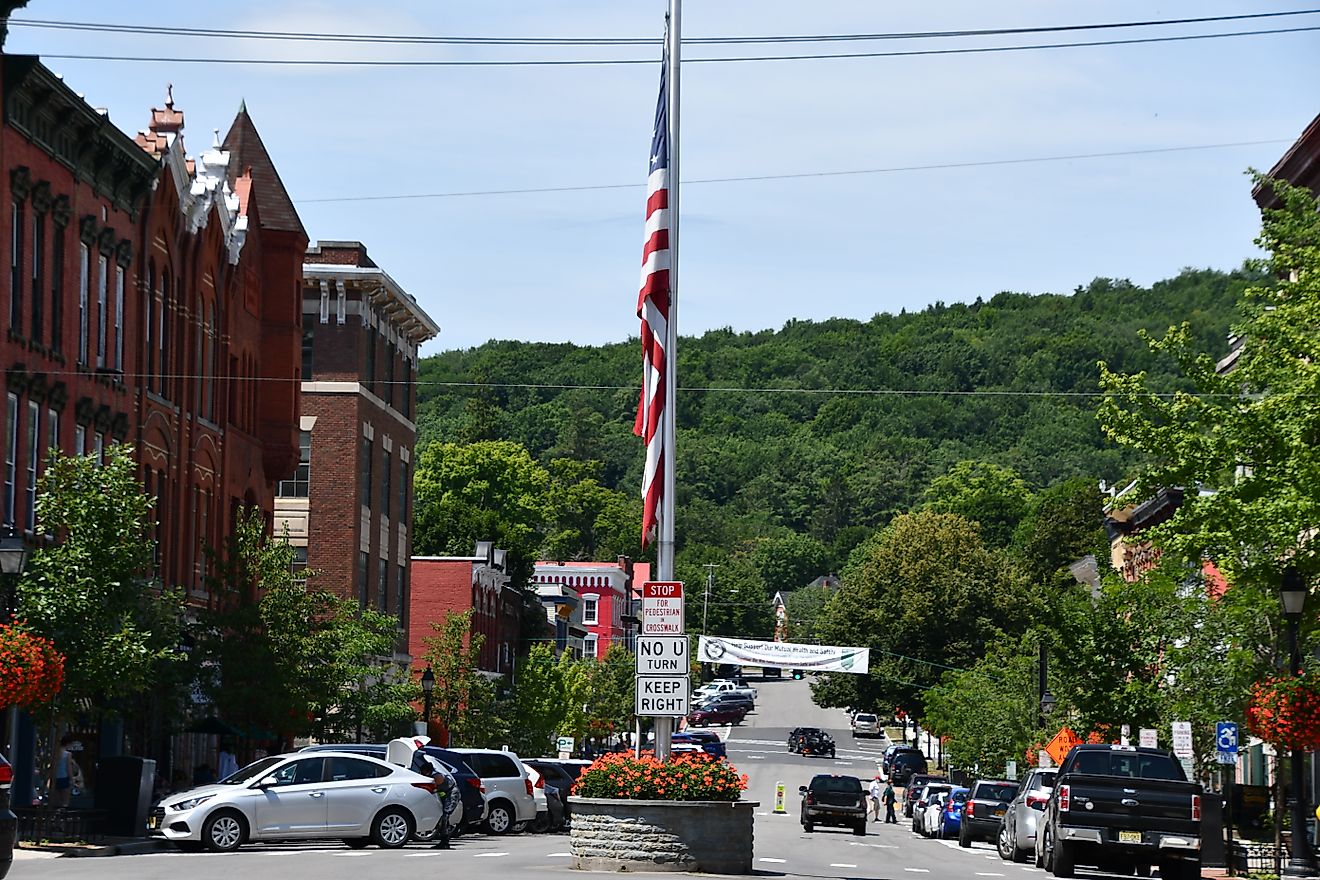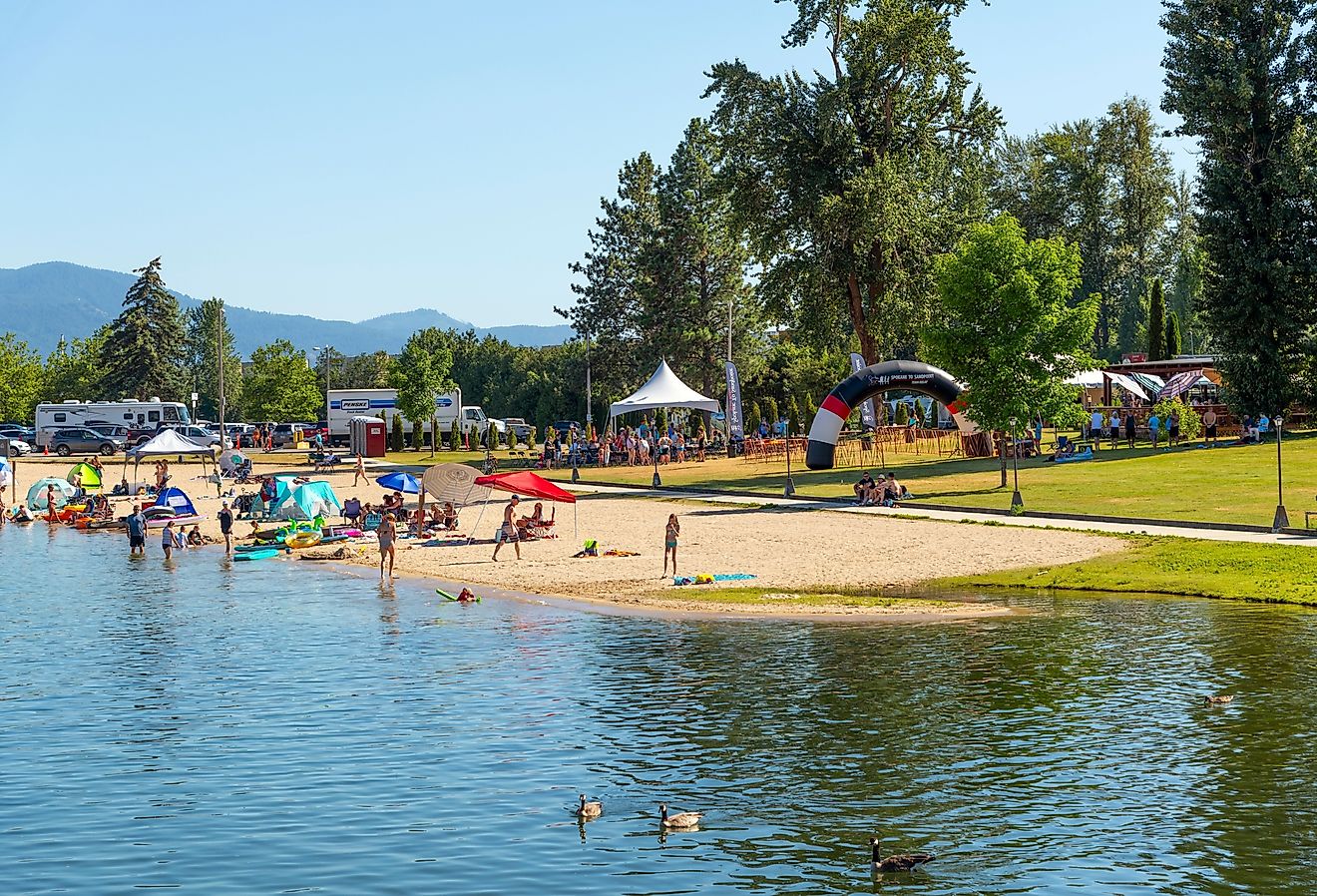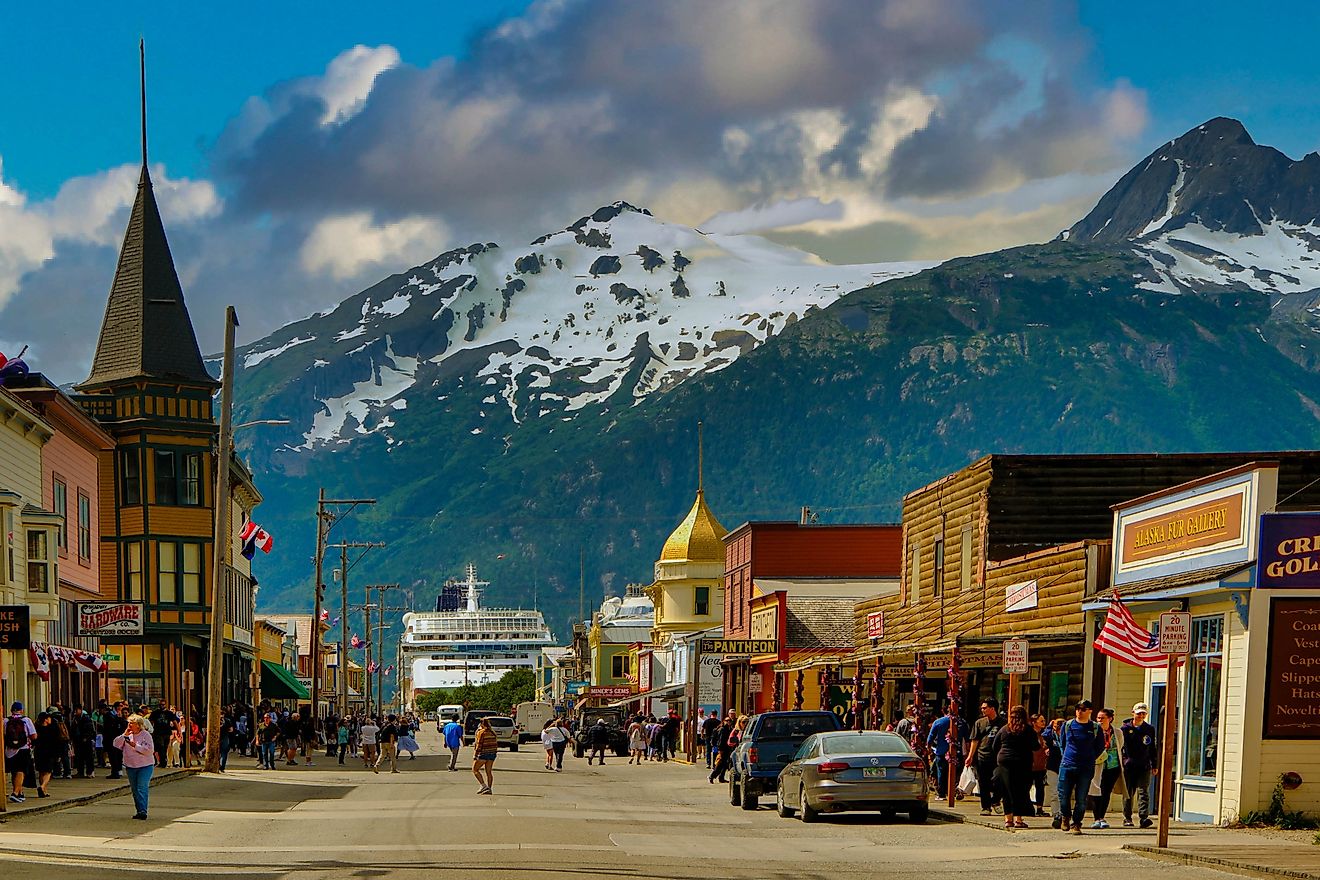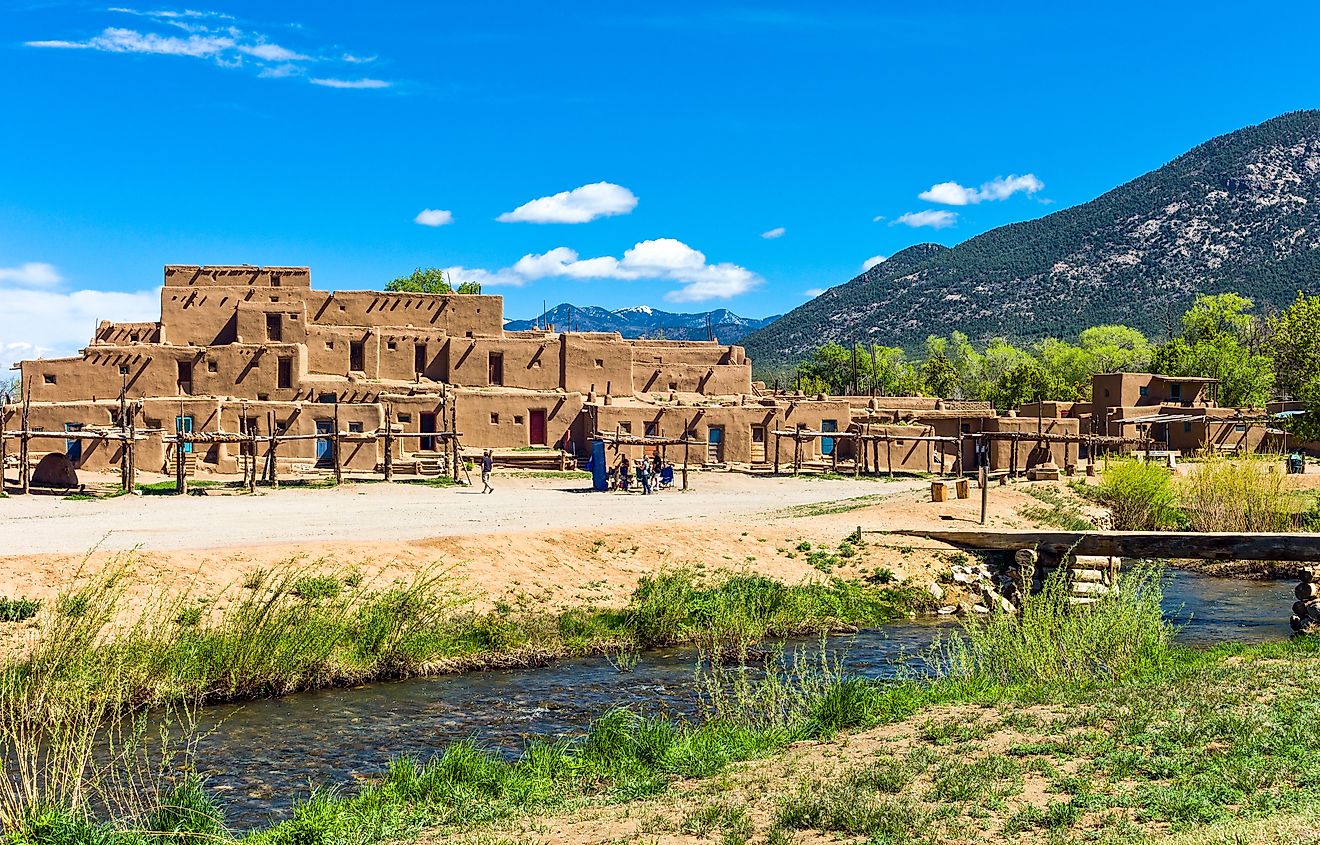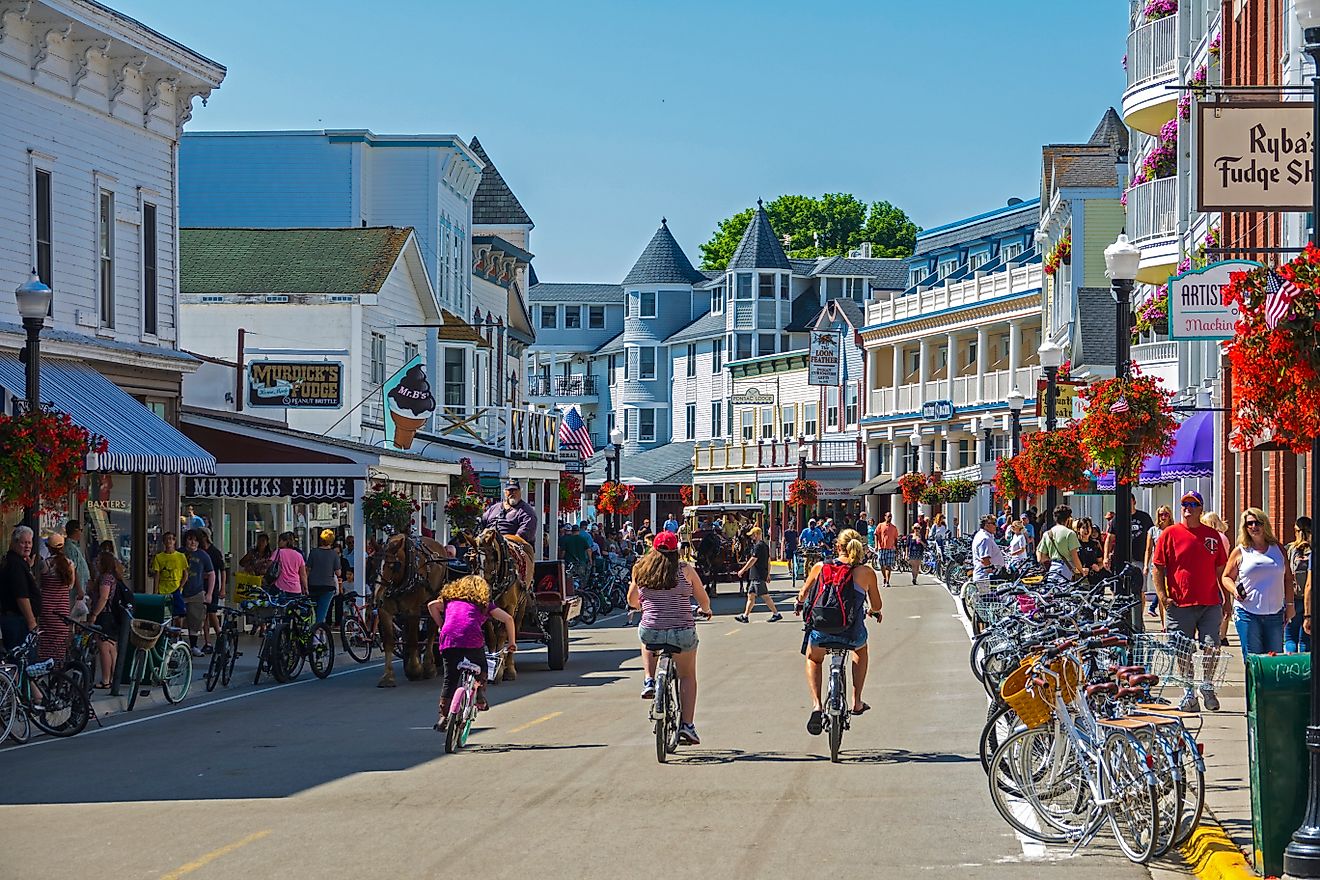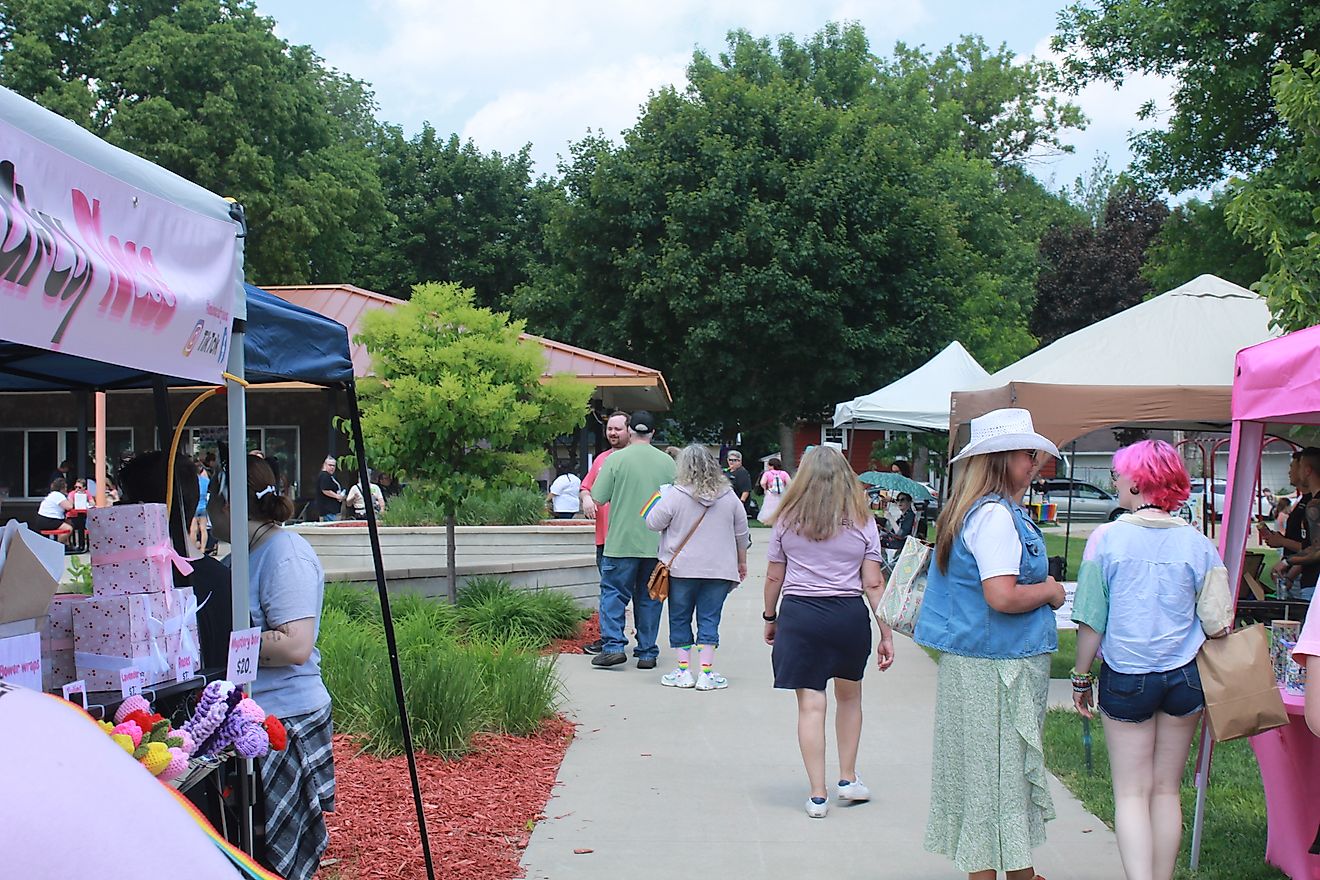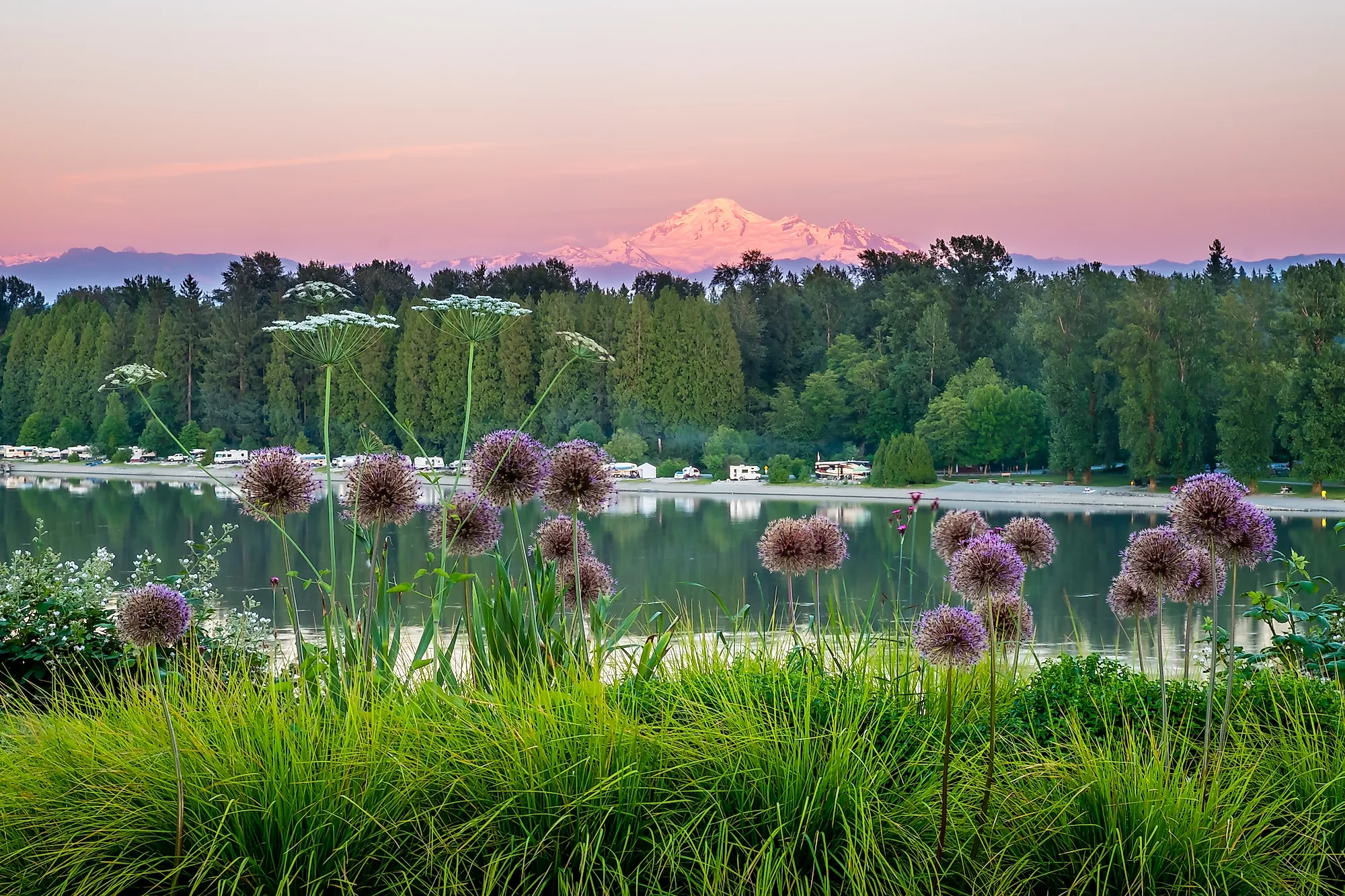
Maple Ridge, British Columbia
Maple Ridge is a city in the Canadian province of British Columbia. It is located in a very scenic area, complete with majestic mountain peaks, lakes, and rivers. It began as a community of 50 families in the mid-19th century. Today, it is a thriving city of more than 82,000 people. It is also part of the Greater Metropolitan area of Vancouver, British Columbia’s largest city, and one of the largest cities in all of Canada. Maple Ridge is proud of its history and heritage, which is largely preserved in the city’s museum. Nowadays, however, the city is probably more famous for its outdoor attractions. Thus, it is a great locale for people looking for an outdoor adventure.
Geography Of MapleRidge
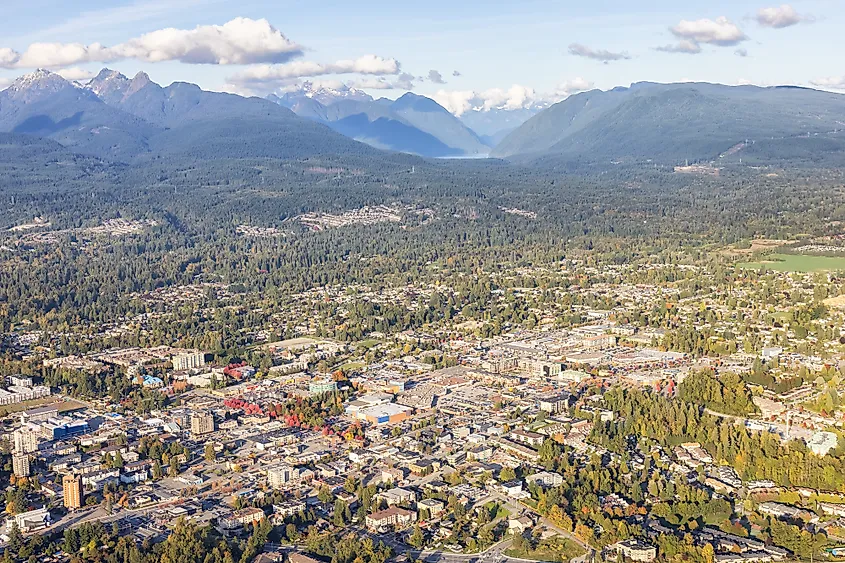
Maple Ridge is located in the northeastern section of Greater Vancouver, on the northern banks of the Fraser River, in southwestern British Columbia. To the west of the town is the Pitt River, across from which is the city of Coquitlam. Hayward Lake, Devil’s Lake, and Slave Lake are located to the east, as is the Rolley Lake Provincial Park. To the north of Maple Ridge is Slave Lake and the Golden Ears, which is a group of mountain peaks that constitute the southernmost mountains of the Garibaldi Ranges of the Coastal Mountains. To the south of Maple Ridge, across the Fraser River, is the city of Langley. The city of Surrey is located to the southwest, and the city of Abbotsford is situated to the southeast. Maple Ridge is approximately 45 minutes from the city of Vancouver, on the Pacific coast.
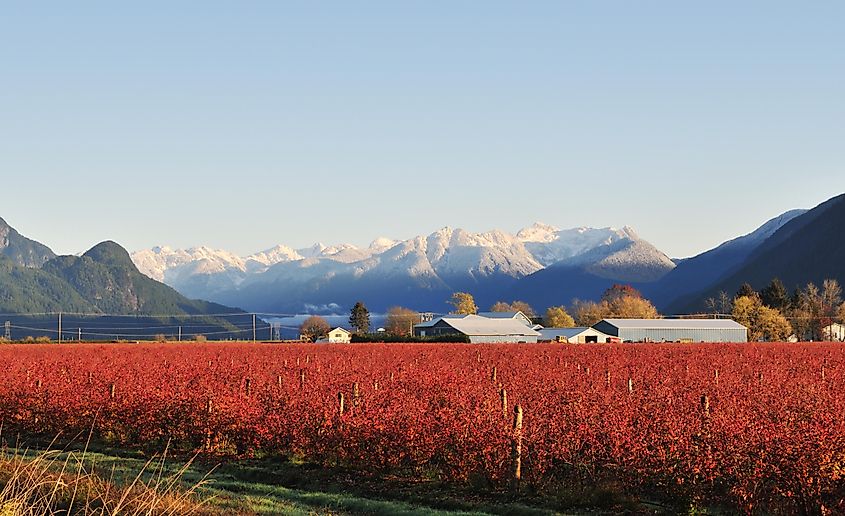
Maple Ridge consists of 7 different communities: Haney, Hammond, Albion, Webster’s Corner, Yennadon, Ruskin, and Whonnock. Downtown Maple Ridge is located on the banks of the Fraser River. The city limits of Maple Ridge include part of the Alouette River north of the downtown area, and part of Alouette Lake, in the northeast. Evans Peak is also located within Maple Ridge’s city limits, in the north. Southeast of downtown Maple Ridge is Kanaka Creek, which extends towards Kanaka Creek Regional Park. Further east, and still within Maple Ridge’s city limits is Whonnock Lake.
Demographics Of MapleRidge
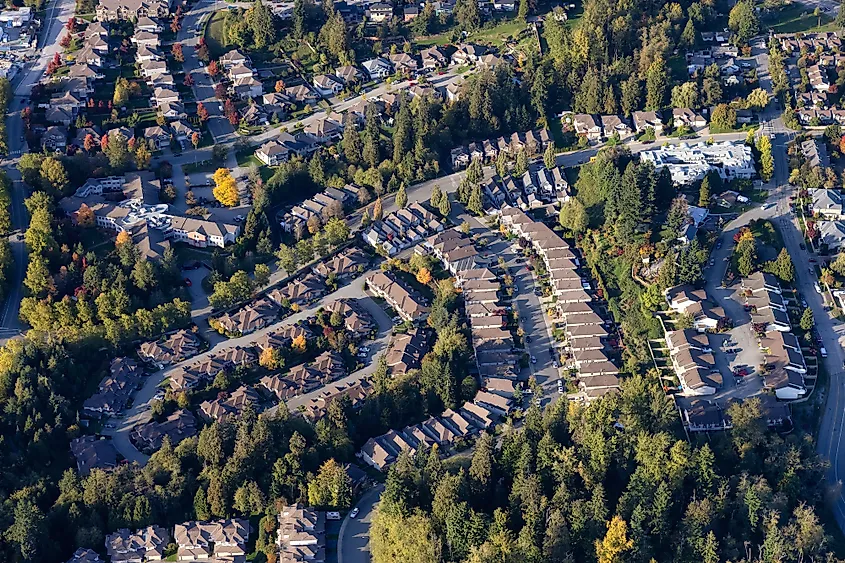
According to Canada’s 2016 Census, Maple Ridge has a population of 82,256. English is spoken by 93% of the city’s residents. Just over 6% of people in Maple Ridge are bilingual in English and French. People who speak other languages constitute the remainder of the population. Nearly 14% of the residents in Maple Ridge are members of visible minority (non-white) communities. South Asians make up 21.63% of the city’s total visible minority population. People identifying as Chinese constitute the second largest visible minority group, followed by Filipinos, Blacks, Latin Americans, Koreans, and various other groups. There is also a sizeable community of Aboriginal people in Maple Ridge, numbering 3,750, or about 4.5% of the city’s population.
Economy
The leading industries in Maple Ridge, in terms of the number of employees, are construction, healthcare, manufacturing, education, and accommodations, followed by other sectors. The city’s unemployment rate as of 2016 was 5.1%.
History Of MapleRidge
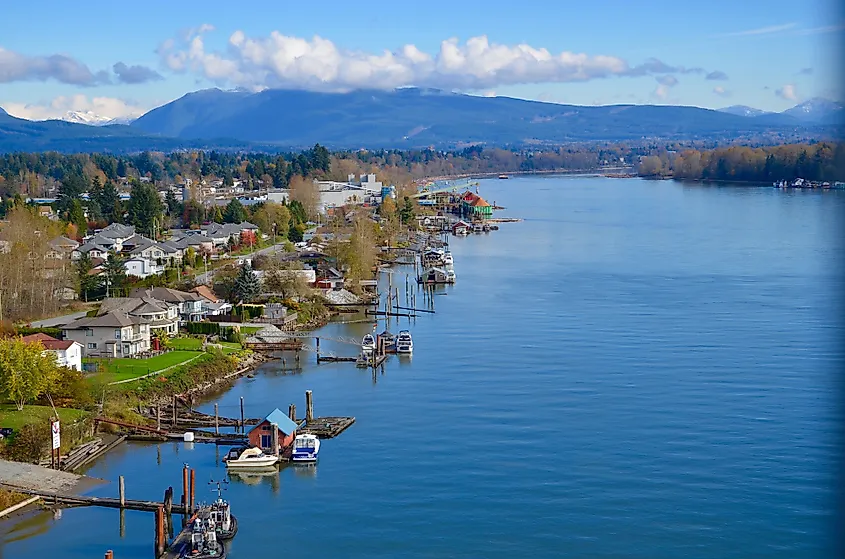
Maple Ridge is located on the traditional territory of the Katzie First Nation and Kwantlen First Nation, two bands of Aboriginal peoples. Archeological evidence suggest that what is now the city of Maple Ridge has been inhabited for at least 10,000 years. In the Halkomelem Aboriginal language, the territory on which the city now sits was called “Z'wa?acstan” which translates into "place where the golden eagles are".
The first colonial settlers arrived in what is now Maple Ridge in the 1850s. According to early colonial records, the Kanaka family from Hawaii were among the first colonial settlers to live in the area, on the northern banks of the Fraser River. In fact, the aforementioned Kanaka Creek is named for them. Some of the other early settlers in Maple Ridge were royal engineers, who arrived in 1858, and worked as surveyors until 1863. The name “Maple Ridge” was given to the city by pioneer John McIver, as a reference to the area’s maple trees.
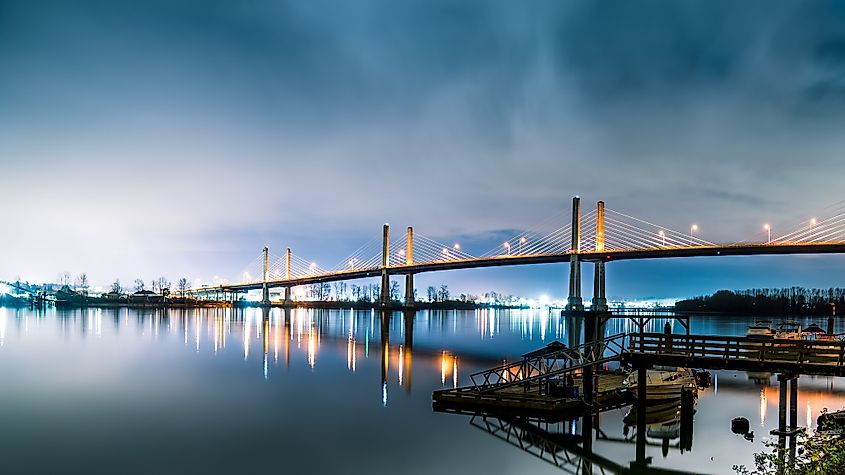
Maple Ridge was incorporated as a city in 1874. It is the 5th oldest municipality in British Columbia. At first, the city was comprised of 4 communities: Whonnok, Port Haney (later Haney), Port Hammond, Pitt Meadows, and the area then known as Maple Ridge. In 1896, Maple Ridge ceded the community of Pitt Meadows, which went on to become a separate municipality in 1914. In the 1920s and 30s, many Japanese came to settle in Maple Ridge, though some left after being detained during World War II.
Maple Ridge was formally part of the now defunct Dewdney-Alouette Regional District, but was eventually integrated into Metro Vancouver. The growth of Maple Ridge in recent years can largely be attributed to its proximity to Vancouver. This growth has come mainly from developing large tracts of residential land. On March 26, 2014, the people of Maple Ridge voted to change the community’s status as a district municipality to a city. This change became official on September 12, 2014, which coincided with the 140th anniversary of Maple Ridge’s incorporation.
Attractions In Maple Ridge
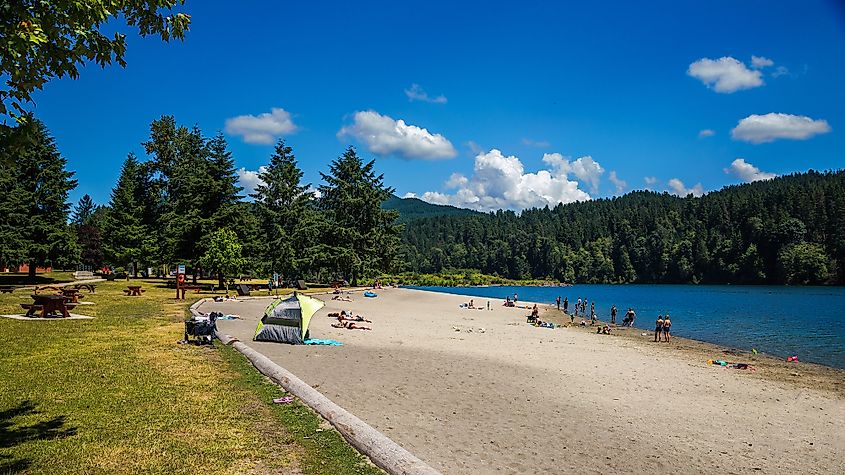
Haney House Museum
Arguably, the most important historic site in Maple Ridge is the Haney House Museum. This museum was once the home of the Haney family, for whom one of the city’s communities is named. Thomas Haney, with the help of two other men named Samuel Edge and Daniel Callaghan, built the home in 1883, basing the design on the family’s former home in the province of Ontario. The Haneys and their descendants lived in the house until 1979. Mary Hawley Isaac was the last of the Haney descendants to live in the home. While she was still living there, she would often open the house to tourists. Ultimately, Mrs. Isaac donated the home, its contents, and the land it was built on to the District of Maple Ridge as a museum of family life. This museum now hosts several permanent and temporary exhibits dedicated to the history and heritage of Maple Ridge.
Other Attractions
Most of Maple Ridge’s other notable attractions are outdoors. They include a bird sanctuary, equestrian trails, hiking and biking trails, a golf course, and a park called Wild Play Element Park, which features a variety of outdoor activities. Maple Ridge is also close to several ski resorts.
